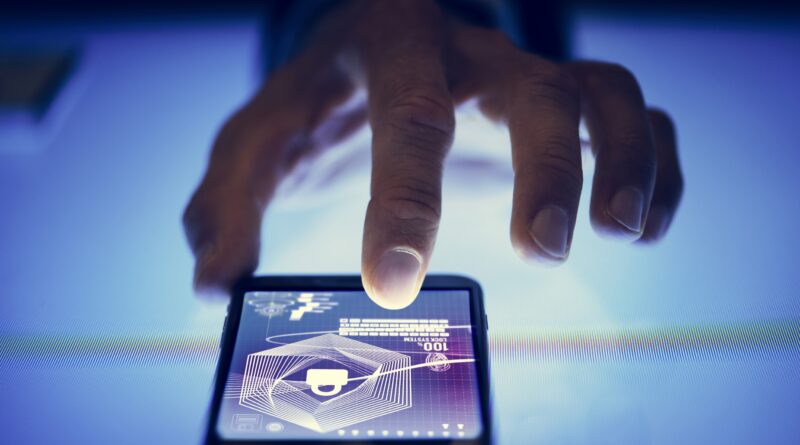Privacy: Will Mobile Apps with Biometric IDs Help Advance Biometrics Acceptance?
The following guest post is by Nicole Williams, professional blogger.
Biometrics seemed like such a futuristic term just a few years ago, but now it’s here and according to CNET, it’s predicted to be a ‘common’ form of security by 2015. However, many companies are concerned about whether biometrics will offer a viable security solution and consumers are worried about whether biometrics will violate their privacy by using their stored data. Many of these concerns are caused by a lack of understanding surrounding biometric security systems.
Many people are unaware that fingerprint scanners and voice recognition apps are forms of biometric security. Millions of mobile device users download these apps as a first line of defense to secure their text messages, phonebook contacts and images. Since there are many ways for data thieves to get past patterns, passwords or number codes, they can only secure a device to a certain degree. This is bad news for businesses that subscribe to the BYOD trend. In these businesses, employees are encouraged to work from their own devices both on and off-premise. These devices hold valuable data about clients and the business itself, so unauthorized access could spell danger.
This year’s widely publicized data attack on the retail giant Target, has raised some concerns about how data is stored and accessed. Security experts believe that biometrics could have provided an iron wall of protection around this data, preventing the attack from occurring in the first place. However, with so many businesses lacking information about biometric security, this unfortunate incident was followed by many others. Biometrics work by providing an added level of security that only the user can get past. Since many people are already using biometric apps to secure mobile devices, it is predicted to become the most popular form of device and data security for both businesses and private use.
How Biometrics Work
Every person has a distinct pattern on their fingertips, in their eyes and in their DNA. Biometric scanners take images of these patterns and compare them to future images. This is very similar to the blink method that astronomers use to track changes in the night sky. Astronomers take pictures of the night sky then they take pictures of the same section of the sky again. They use a computer program to compare the images and the slightest change is noted immediately. With biometrics, the patterns must match for access or access is denied immediately. There are pros and cons to using biometrics (i.e. cost vs ROI and ease of use vs benefit), but the pros greatly outweigh the cons.
All in all, biometrics are becoming a more acceptable way of securing data thanks to the introduction of biometrics on mobile devices. The average user can see how biometrics work and the benefits of using them in a non-threatening situation. This increases the likelihood of them accepting biometrics for other uses such as ATM access, business or home premise access and security alarm access.
The key here is to continue to educate the user on the benefits of biometrics and to find easy to use solutions that require a relatively short learning curve. As more mobile app and computer manufacturers use biometrics as a first point of access to data, consumers and businesses will grow more comfortable with using them as well.
 About the author: Nicole Williams is a keen technology enthusiast and enjoys blogging about topics like technology and productivity. She is a professional blogger who currently writes for Micro Com Systems.
About the author: Nicole Williams is a keen technology enthusiast and enjoys blogging about topics like technology and productivity. She is a professional blogger who currently writes for Micro Com Systems.
Additional References:
https://www.banktech.com/payments-cards/biometrics-and-mobile-payments-security/240162549
https://researcher.ibm.com/researcher/files/us-kapil/ACSAC12.pdf









